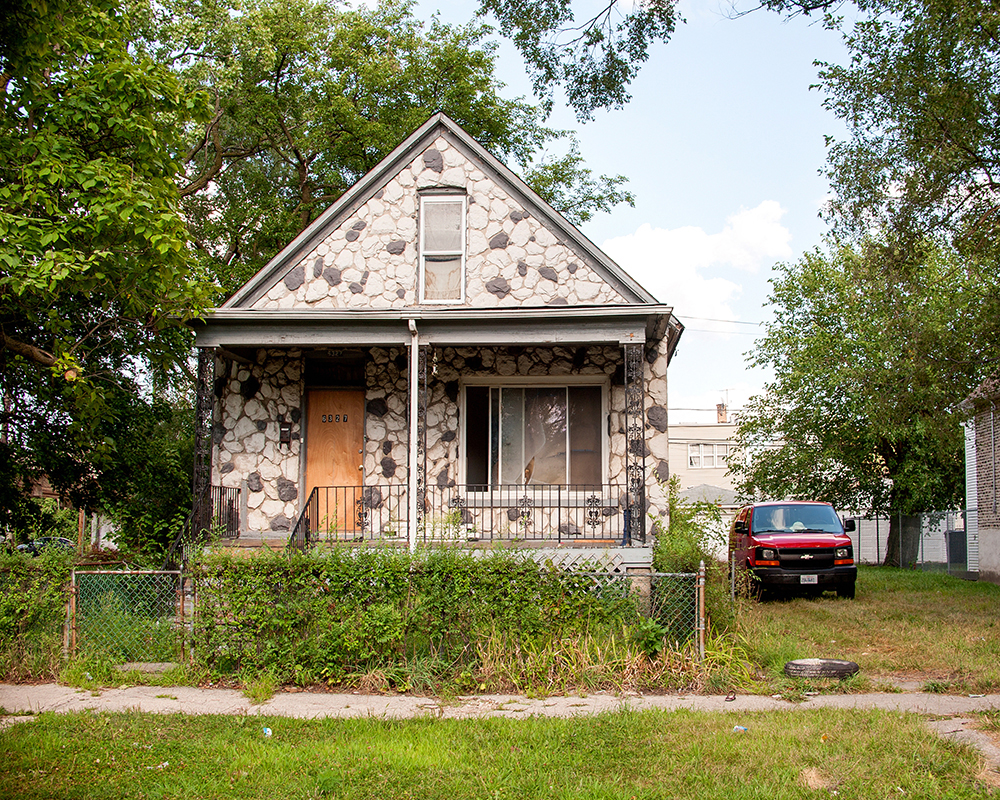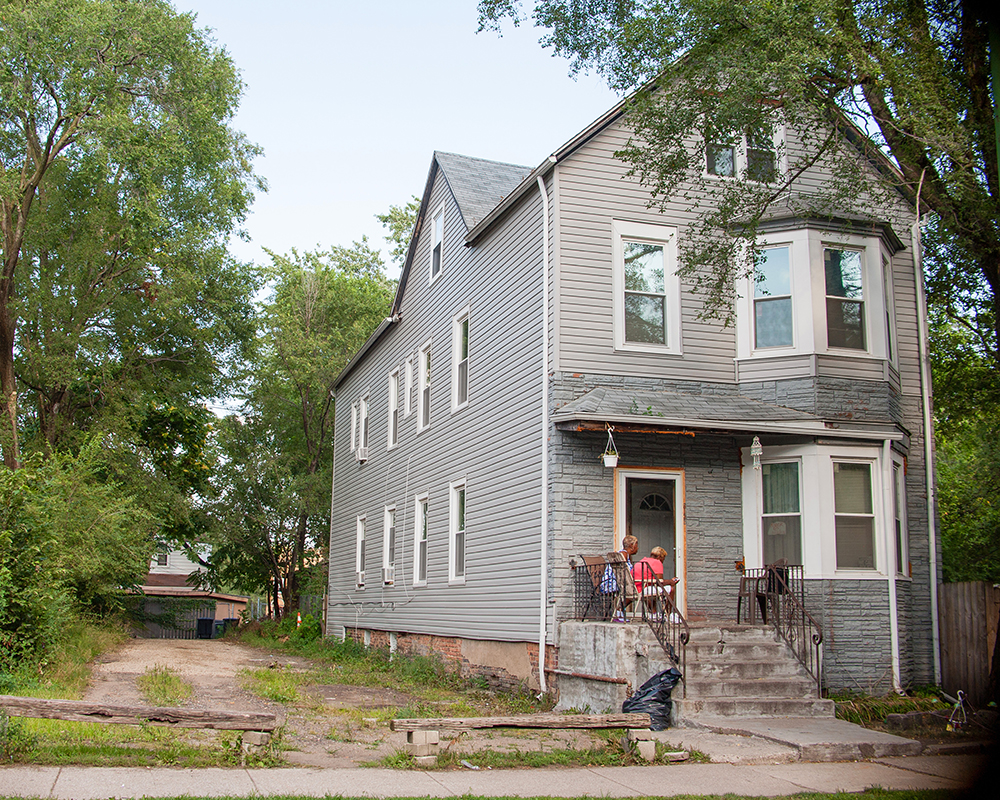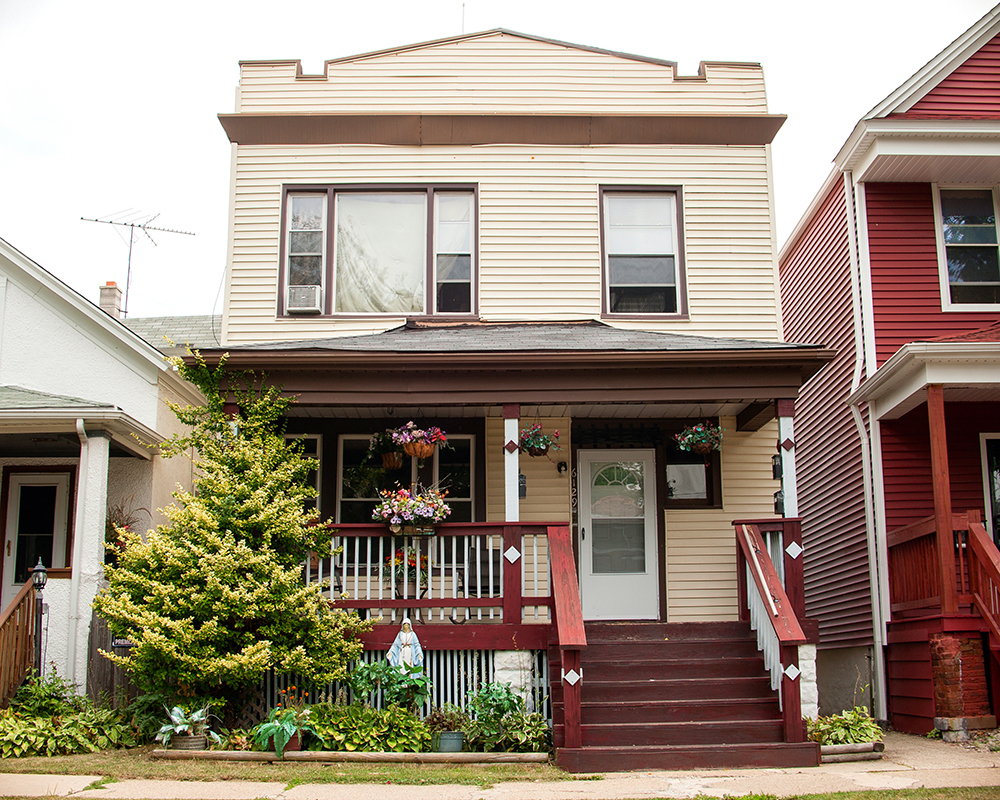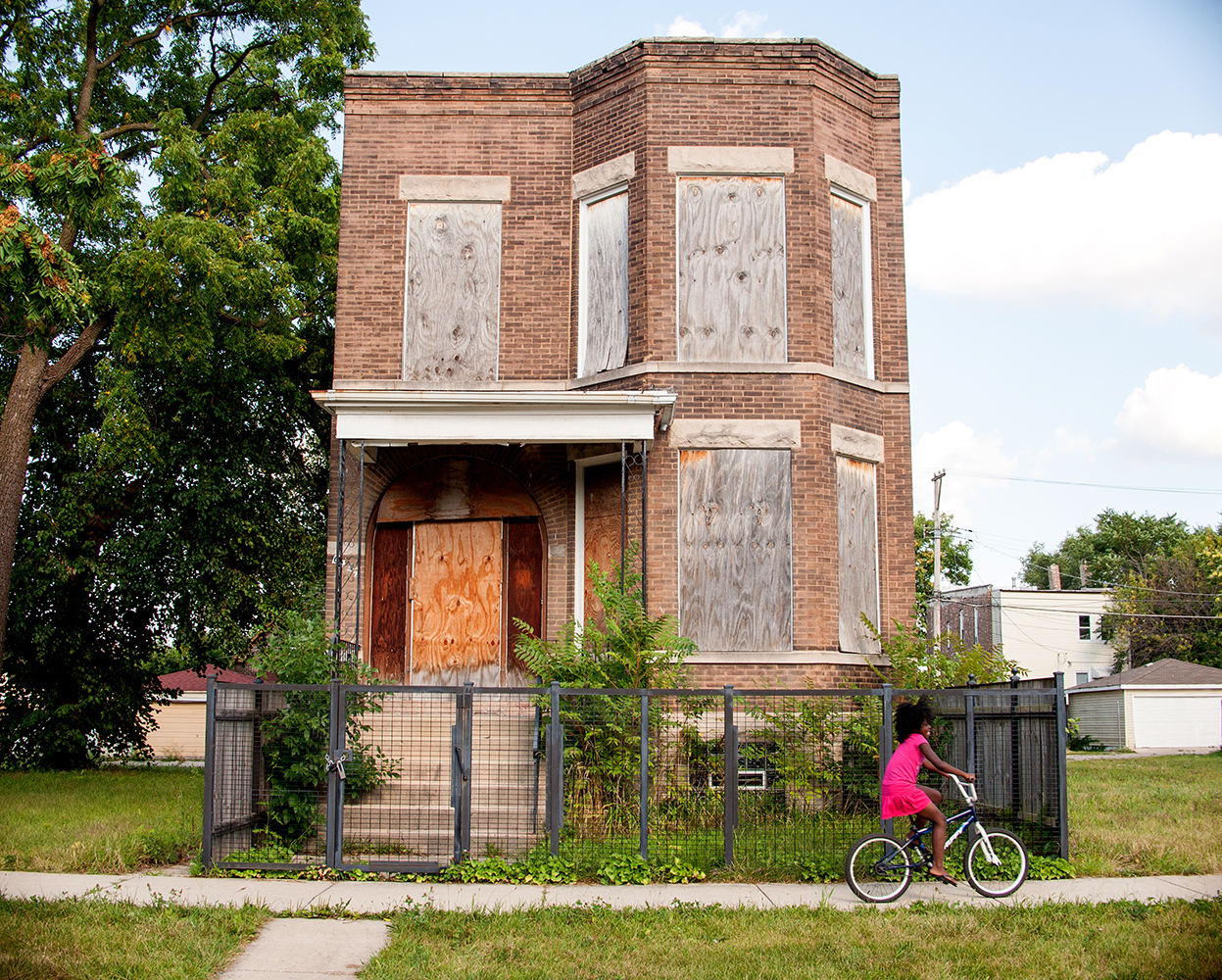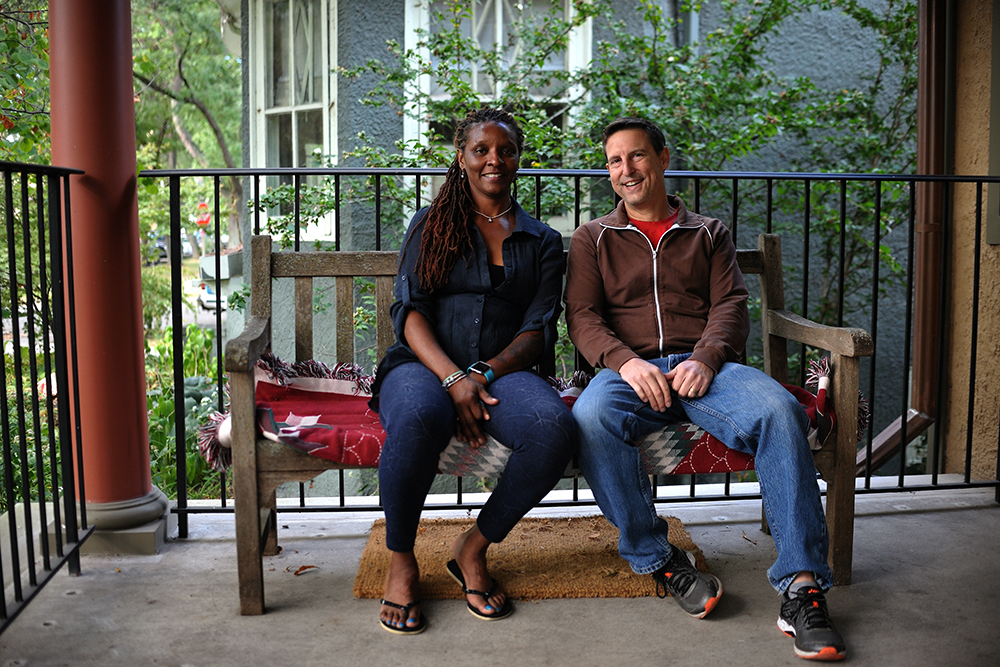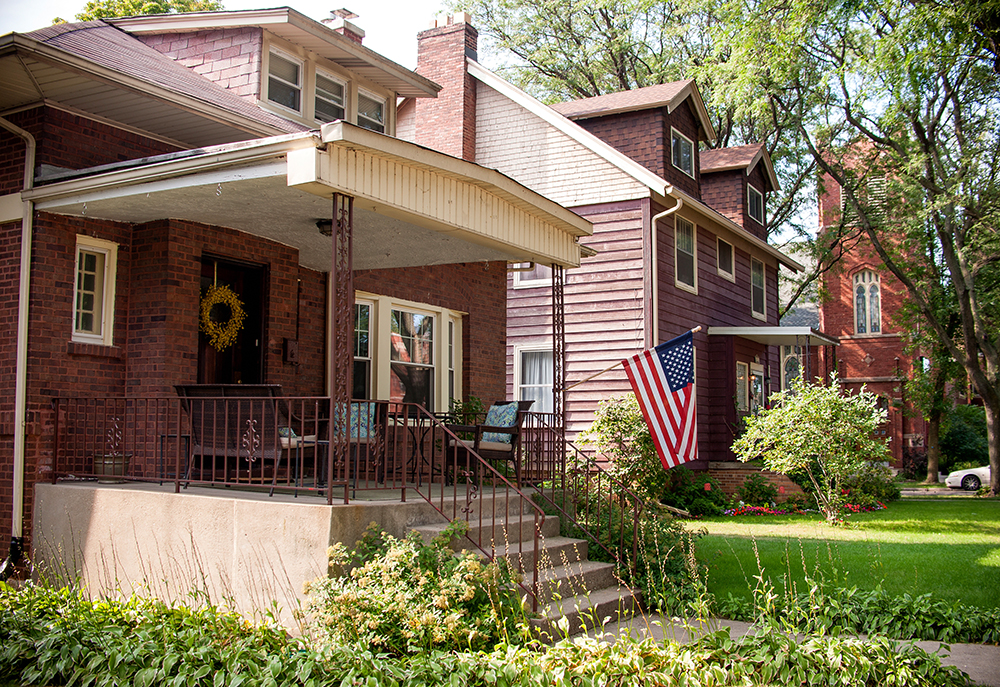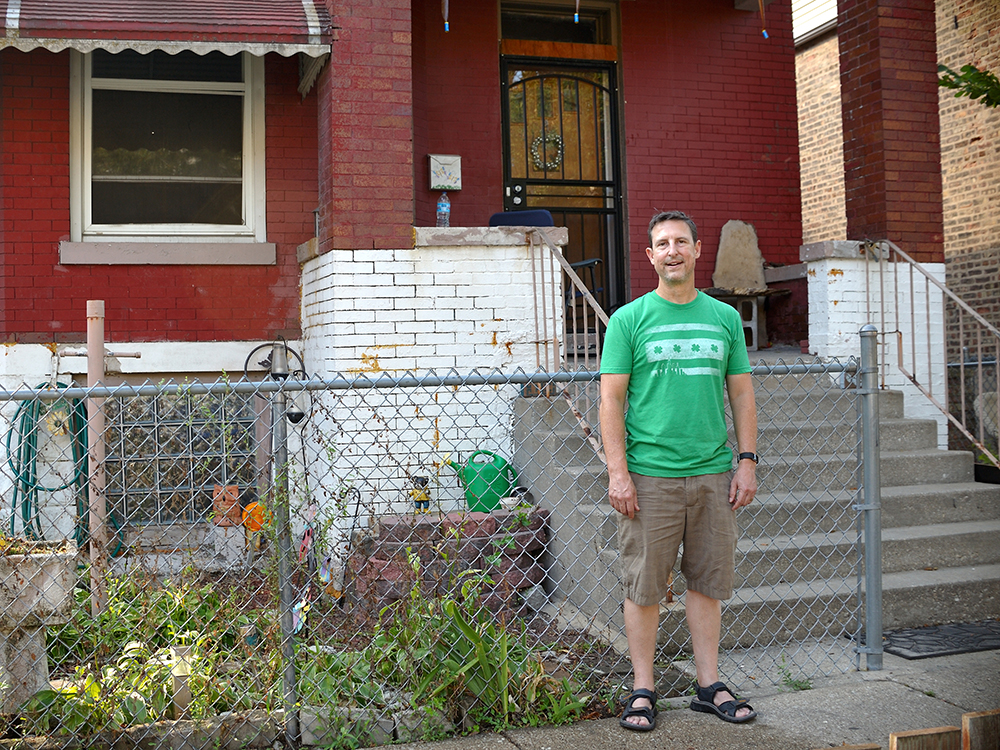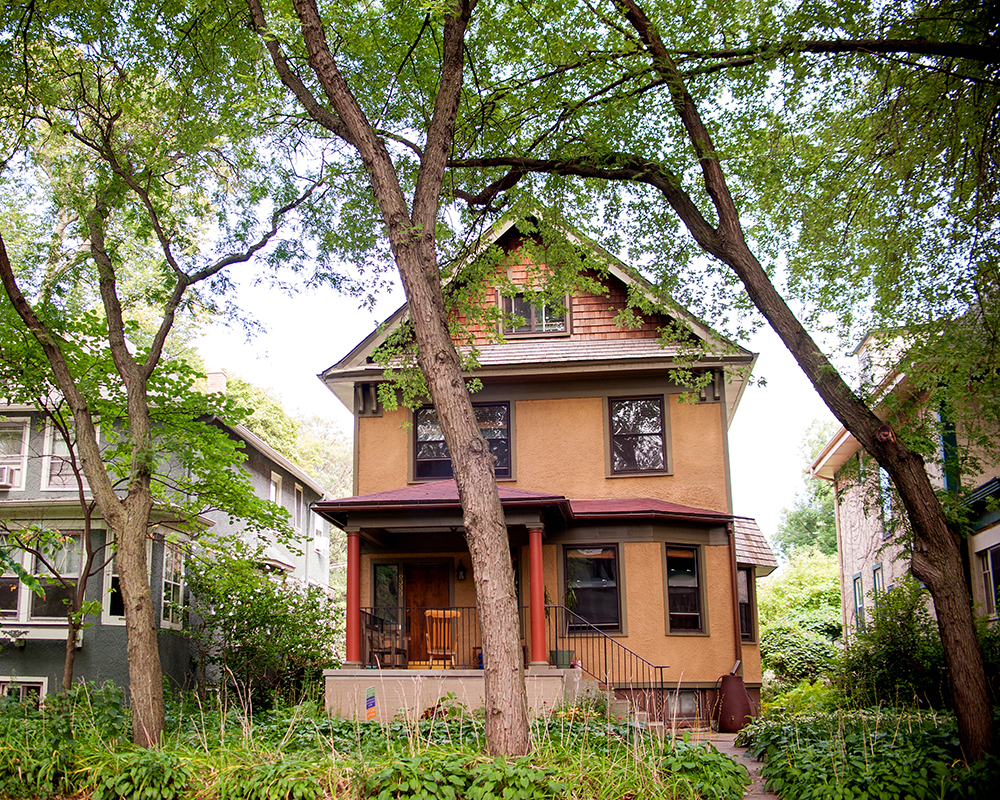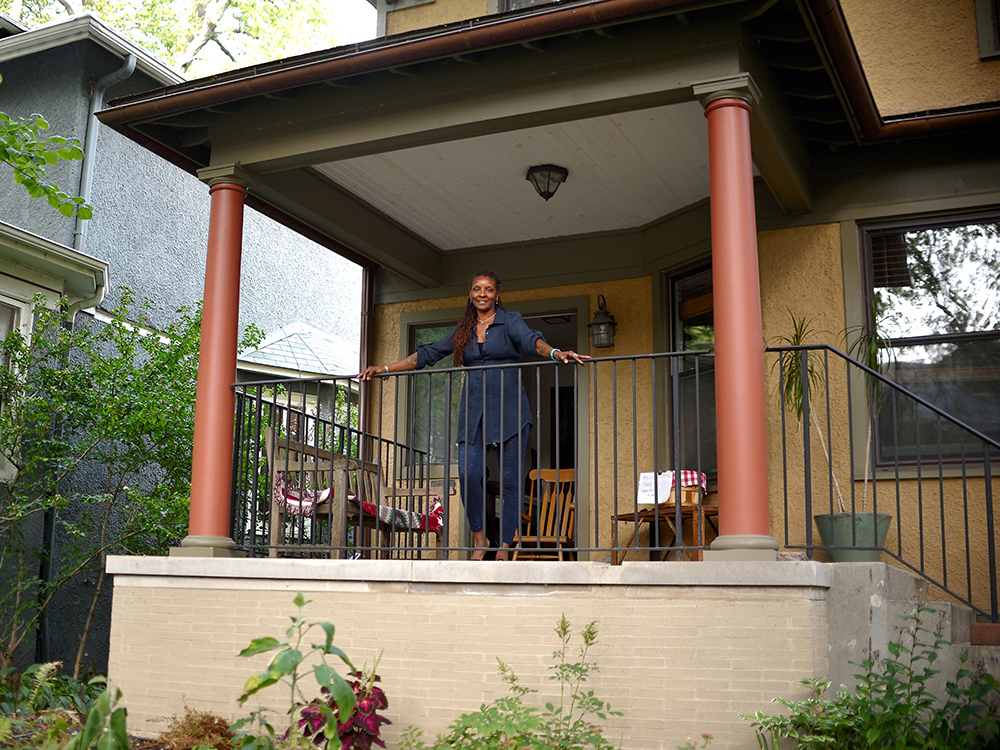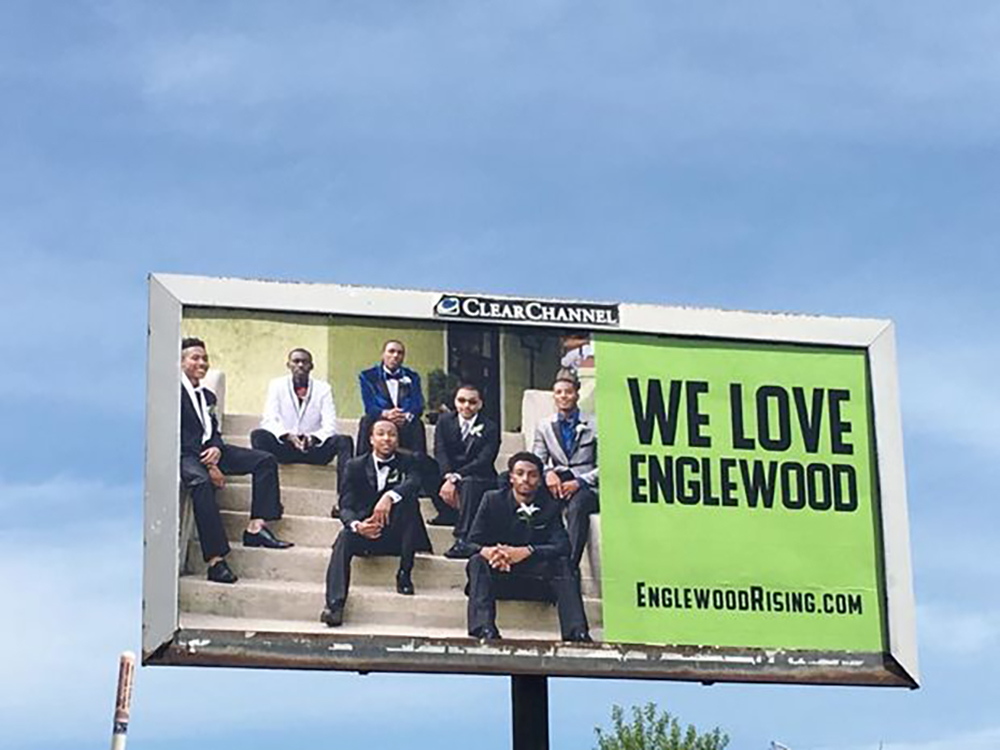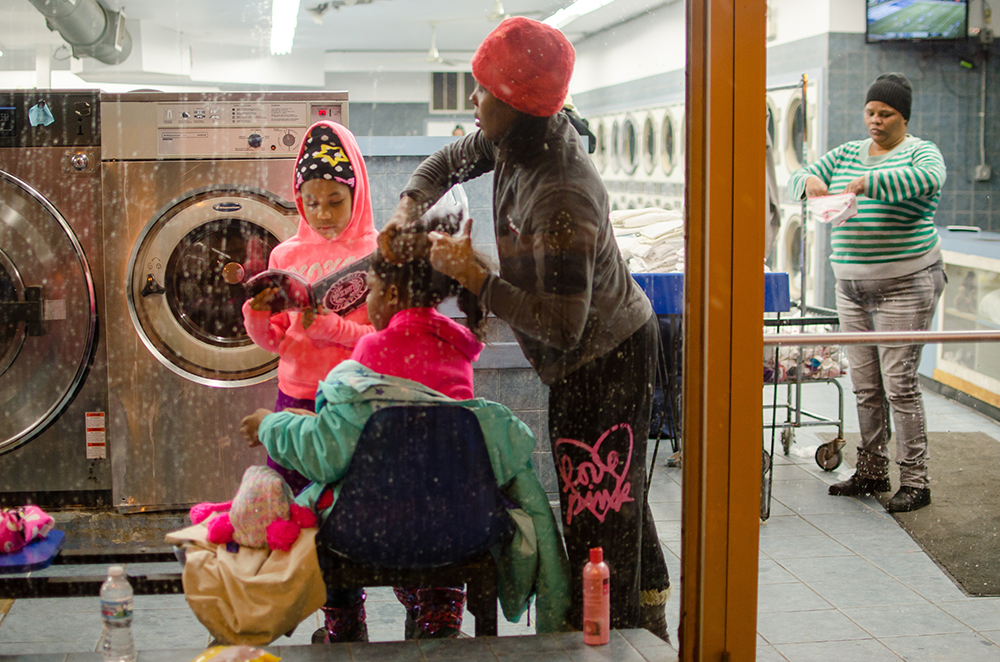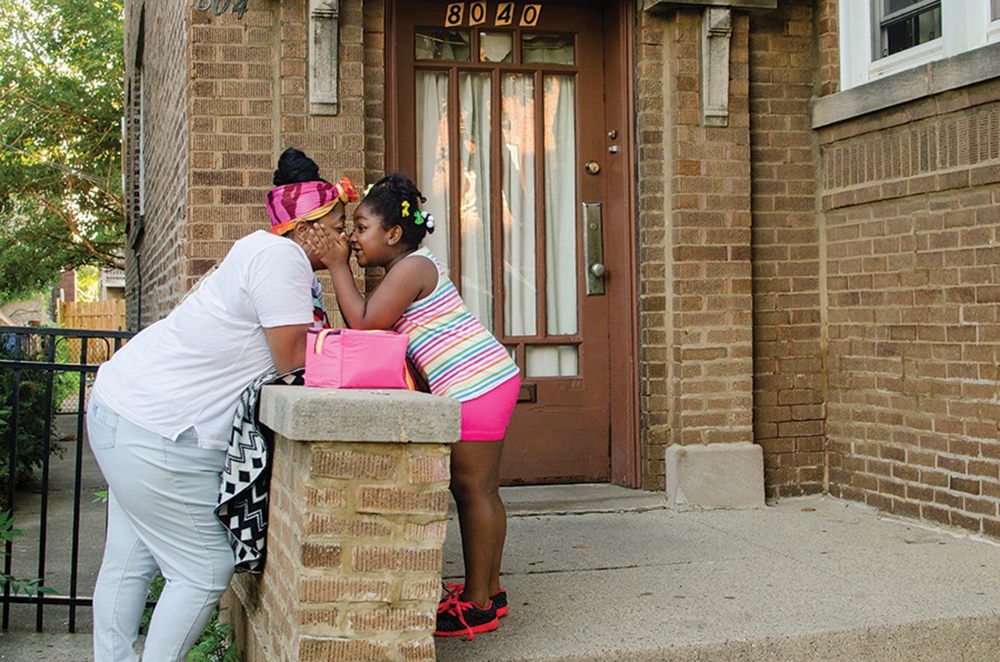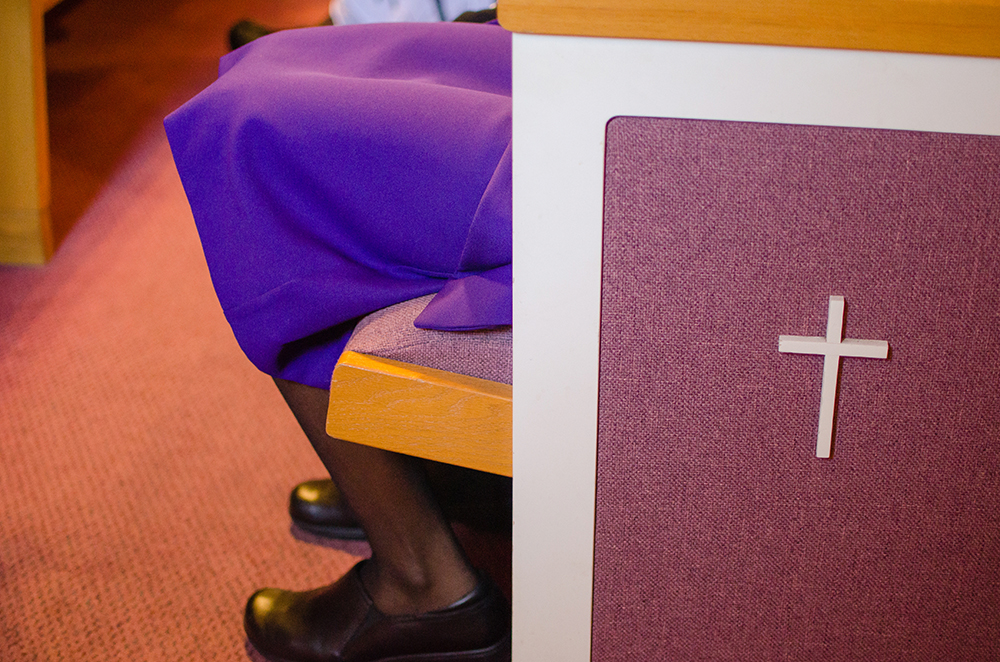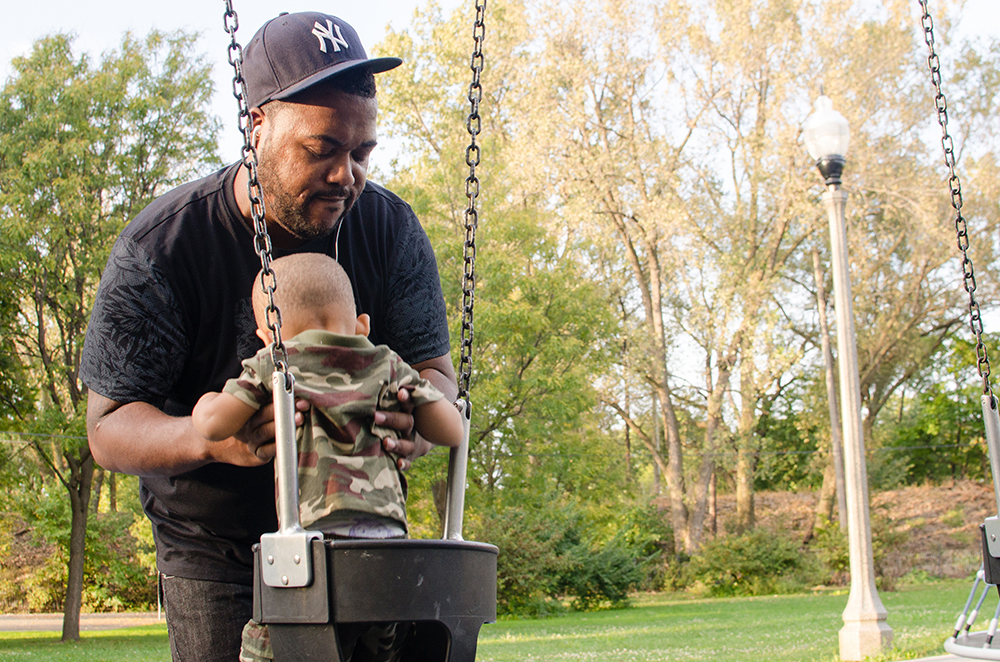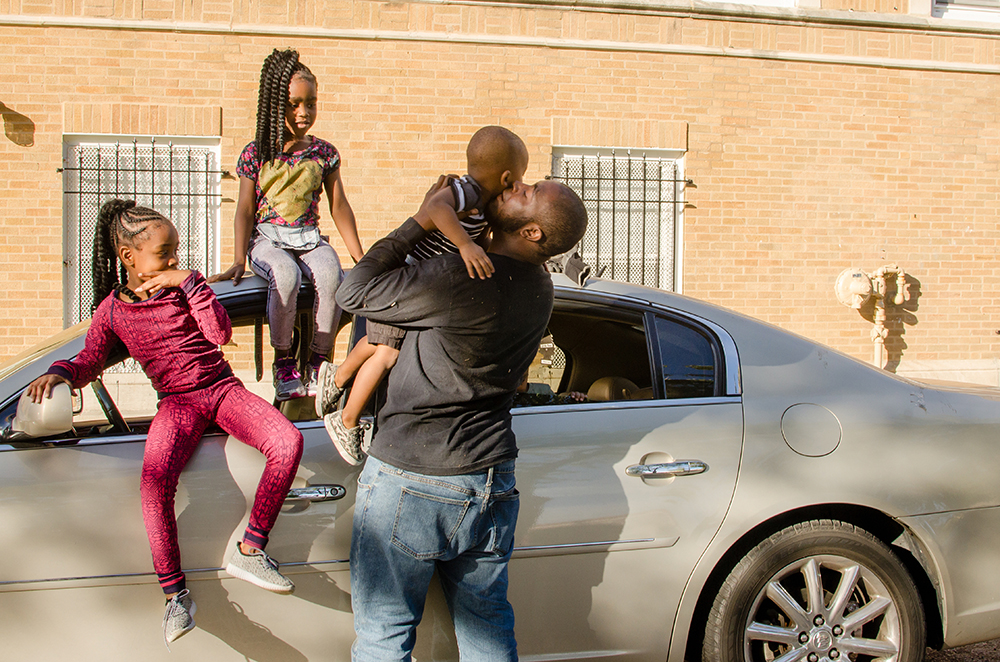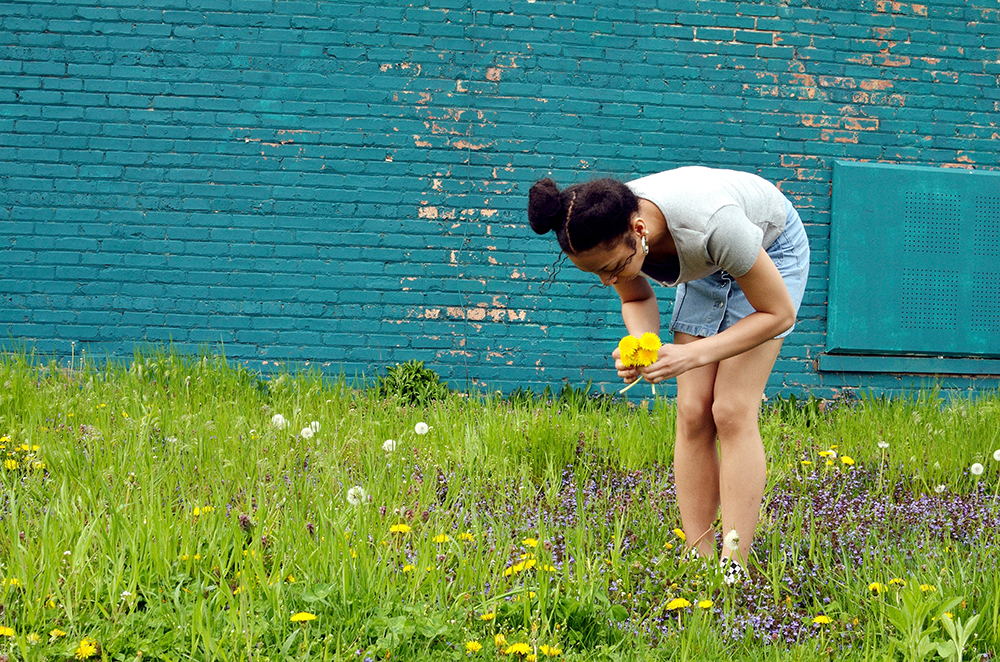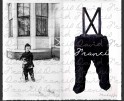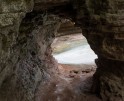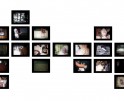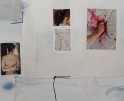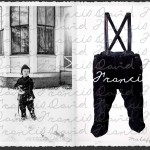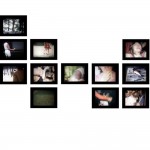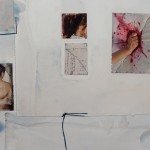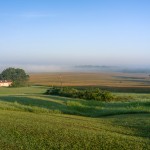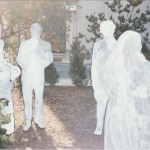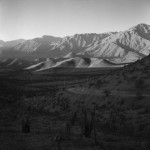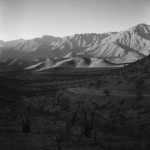Photographers on Photographers: Yvette Meltzer on Tonika Lewis Johnson
I knew exactly who I wanted to interview for Photographers on Photographers. The success of Tonika Lewis Johnson’s photography is elevated by her commitment to make a positive contribution to her community and its residents. I admire her tenacity in pursuing her passion. In her photo projects I see a fusion of aesthetics and insight into issues of social justice. She walks her talk. I found her open and accessible when I asked her to talk about her life’s work, not because she wanted to talk about herself, but rather because she will do anything if she believes it will increase understanding and exposure for her beloved Englewood community. I found her both unassuming and inspiring. As she has received increasingly significant media attention in Chicago she has become a well-known name, especially if you are interested in issues of racial and social justice. I wanted to feature Tonika Johnson on LENSCRATCH because it’s time to see her step onto the national stage.
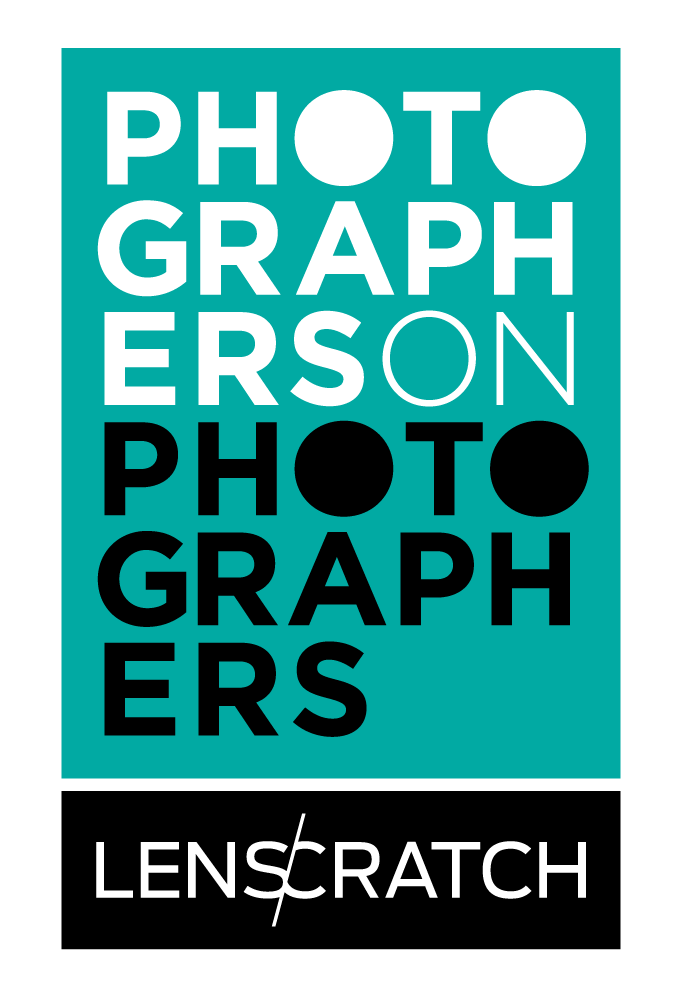 Yvette Meltzer was introduced to her deceased paternal grandparents who stood side-by-side in a hinged double frame poised on her father’s nightstand leading to her understanding of the value and power of photography to keep people close. Beginning as a simple chronicle of her life, as she took photos of her family and friends, photography evolved into a practice that anchors her energy and keeps her engaged in observing the richly detailed and story-filled world around her. Her award-winning photography reflects her interest in people, the narratives of their lives, and the environments that shape them. Based in Chicago, her photographs have been exhibited in galleries nationwide and in publications internationally. Her work is held in various private collections. At the end of the day she considers herself successful as a photographer if she has motivated people to be curious about what they see, created congruency between her values and her photography, empowered the subjects of her photographs, and/or added pleasure for viewers through her aesthetics.
Yvette Meltzer was introduced to her deceased paternal grandparents who stood side-by-side in a hinged double frame poised on her father’s nightstand leading to her understanding of the value and power of photography to keep people close. Beginning as a simple chronicle of her life, as she took photos of her family and friends, photography evolved into a practice that anchors her energy and keeps her engaged in observing the richly detailed and story-filled world around her. Her award-winning photography reflects her interest in people, the narratives of their lives, and the environments that shape them. Based in Chicago, her photographs have been exhibited in galleries nationwide and in publications internationally. Her work is held in various private collections. At the end of the day she considers herself successful as a photographer if she has motivated people to be curious about what they see, created congruency between her values and her photography, empowered the subjects of her photographs, and/or added pleasure for viewers through her aesthetics.
Tonika Lewis Johnson is a visual artist/photographer from Chicago’s South Side Englewood neighborhood. She received her BA in Journalism from Columbia College Chicago in 2003 and her MBA from National-Louis University in 2005. In 2010, she was a founding member of the Resident Association of Greater Englewood (R.A.G.E.) and now serves as its full-time Program Manager. She was featured in Chicago Magazine as a 2017 Chicagoan of the Year for her photography of Englewood’s everyday beauty, countering its pervasive media coverage of poverty and crime. In 2017, her two Englewood-based photography projects, “From the INside,” and “Everyday Rituals,” were exhibited at Rootwork Gallery in Pilsen, at the Chicago Cultural Center, and the Harold Washington Library Center. In August 2017, the Chicago Reader ran a photo essay by Johnson as its cover story titled “Life Beyond The Headlines.” Selected work from her two projects were at Loyola University’s Museum of Art (LUMA) until June 2, 2018. Her newest photography project, “Folded Map” illustrating Chicago’s residential segregation is now on exhibit at LUMA from July – October 2018.
Yvette Meltzer: Let’s start at the beginning. Tell us about your growing up.
Tonika Lewis Johnson: I grew up on the south side of Chicago in the Englewood neighborhood – my grandmother established roots there in the 60’s. When I was younger my mother and I twice moved to live in north side neighborhoods to have better access to resources and conveniences, and twice we returned to live in Englewood. It’s my home though I attended one of the top two selective enrollment high schools in Chicago – both of which are on the north side of Chicago. It was during that two-hour commute across the city via buses and trains to reach Lane Technical High School that I realized that although some of the streets had the same name, their atmosphere and environment were completely different. I became aware of the duality of living in two worlds as a black person in Chicago. Comparing my homework with that of my friends who attended high schools in Englewood, I recognized the inequity of the education offered in the public schools on each side of the city. These ideas stayed with me until I crystallized these realizations into my current photo projects.
YM: Can you give our readers some background about the Englewood community?
TLJ: Sure, Englewood is now a 99% African-American community and one of Chicago’s largest neighborhoods, located on the South side of the city. Chicago is a heavily segregated city where more services and resources have typically been made available to more prosperous communities on the north side of the city. White flight, red-lining, and the closing of the Englewood shopping center have led to a lack of employment opportunities, and high poverty. Lacking employment opportunities, the population has dropped dramatically, leaving properties empty and unattended. The media has long portrayed Englewood as a crime hub, inhabited by gangs. That’s the perception but in fact it’s largely working-class people. I know personally that you can grow up there and not experience the crime and the violence that people associate with Englewood. I had wonderful experiences. There are many more like me who had a wonderful childhood growing up here without exposure to the horrors that people associate with it. Through my photography I aim to illustrate a more accurate reality of our neighborhood.
YM: Tell us about your arts education and how you came to photography.
TLJ: My Dad is at the core of what I love about photography. Looking back, I see that he was obsessed with taking pictures and I always appreciated looking at them. Beyond valuing the artistic composition of his photos, I see now that his work led me to appreciate the archival and documentary aspects of photography. It became a standard for me and that’s what made me want to take a photography class myself. My life is well documented because of my dad. I grew up an only child. My father had a son years after I was born so although we didn’t grow up together I got to know my brother through photography. “Okay” my dad would say, “It’s time for our pictures” and we would set a date. I saw him grow and evolve year after year through our dad’s pictures of us.
My mother was a writer. My maternal grandmother sketched and painted. My Mother’s brothers who were much younger than my mom and more like brothers to me were also artists. One was good at creating images from his mind, and the other uncle would look at people and draw their portraits accurately. Without being exposed to art classes, always being around my family of artists led me to develop my own art gene.
As a freshman in high school (in 1993) I had a scholarship to attend the Young Chicago Authors program. It was a 4-year program of Saturday classes. Because the classes were in Wicker Park, that meant more commuting across the city. In Young Authors we were also encouraged to take classes other than writing in order to introduce us to other art forms and that’s where I took my first formal photography class. By the time I was a junior in high school, I was really serious about photography. So when my mother told me about a summer institute program at Columbia College, I enrolled. I attended that Institute in the summers before and after my senior year of high school. Seeing that I was interested in both photography and writing, the teachers in the summer institute introduced me to the genre of photojournalism.
I also enrolled in a six-week program for teens sponsored by The Chicago Association of Black Journalists. It was there that I met my ultimate mentor, Pulitzer prize winning photojournalist, Ovie Carter. By then I knew then that I wanted to enroll in Columbia College and knowing that I would soon be going to college, Ovie Carter gave me my first camera.
YM: Sounds like Ovie Carter had a major influence on your career. So, did you major in photography at Columbia College?
TLJ: I did not. I told Mr. Carter that I liked writing and that I liked photography. ‘Should I major in photography?’ I asked him. He told me that I had the eye. ‘Continue taking photographs and you’ll naturally get better.’ He suggested that I major in journalism – which I did – and at the same time I took so many electives in photography that I essentially minored in photography. Through my teachers and through Ovie Carter I learned about the street photographer John White and began to value street photography. I never thought of my photographs as art – but rather as good captures of documenting life in Englewood.
YM: Tell us about your life post-college. Did you pursue a job as a photojournalist after graduating from Columbia?
TLJ: Well, no. Graduating in my early 20’s I started my family – I had 2 children – and got a job in development – doing grant-writing for non-profits and social service agencies. In my late 20’s when I picked my camera back up I continued doing just what I had done before – documenting life in Englewood. By then I was a founding member of the Resident Association of Greater Englewood (RAGE) prompting a greater level of engagement within my Englewood community. I dedicated myself to making visual representations that challenged the media’s negative stereotypes. I feel a responsibility to show the residents how I see them as beautiful and dignified.
YM: As an artist-activist, how did you navigate the photographic landscape? where did you find funding sources? galleries? What was your process to garner exposure?
TLJ: My process was never planned – it just evolved out of the community engagement work I do in Englewood. After graduating from Columbia College Chicago I never pursued any kind of art funding. Quite honestly, I didn’t view myself as an artist. During the time that I was at Columbia College I was trained in journalism and continued taking photos in my neighborhood – photos of my friends and their performances. Documenting life in Englewood was my personal passion…I thought the only way my work as a photojournalist could receive acclaim was by winning an award attached to a news story. And that didn’t happen. I knew that Ovie Carter and John White’s work became art by how well it documented a story. Their photojournalistic work was not anything like what I was taking. Not knowing where to go to receive validation of my photojournalism as art I really didn’t know how to access the world of funding or grants. Then I started sharing my work on Facebook. That was the first time I heard anyone refer to my photography as art. And I was surprised. Enough people said that it was art that I started to look at it differently. That led to my career shift.
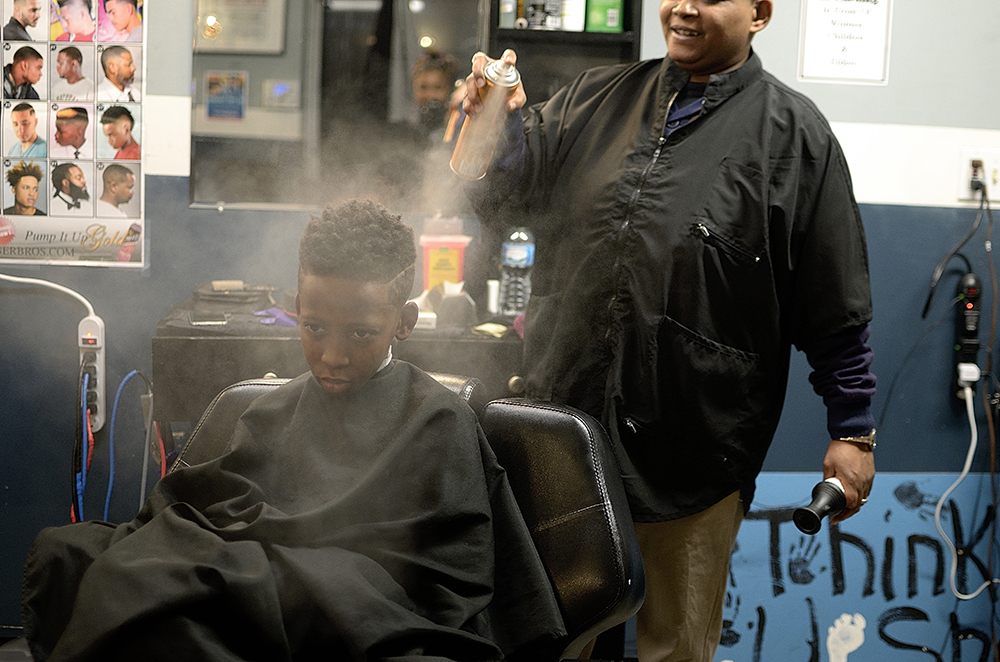
©Tonika Lewis Johnson, Englewood Barber, From the INside. • The popular Longevity Barber Lounge, on the corner of 68th and Ashland has couches and a chessboard
YM: Was there anyone in particular who saw your photography as art that influenced your perception of it?
TLJ: Yes, one of my mentors, Meida McNeal, the artistic director of “Honey Pot” a multidisciplinary performance ensemble, told me that my photographs were art. Because I respected her as an academic and an artist, I followed her advice when she suggested that I apply for a 2015 Chicago Department of Cultural Affairs (DCASE) grant. I applied to document the African-American hip-hop scene in Chicago and I didn’t get the grant. “Apply again next year”, she told me. And I did. This time I included the street photography I’d been doing in Englewood and I got the 2016 DCASE grant. With the grant funds I received I made prints from my collection of photographs and I exhibited at the first Englewood Art Fair. I always wanted to exhibit in Englewood – I was still doing my community engagement work there, fed up with the negative portrayal of Englewood in the media – but there were no galleries there. That was the first time I ever printed my work on fine art paper! I realized that Englewood residents were not used to seeing reflections of themselves as art or beauty. So, I made smaller prints to give to the Englewood residents. Around that time the community was developing the Englewood Rising billboard campaign and I was thrilled when they chose my Englewood photos for some of the billboards – another opportunity to exhibit in Englewood. I love seeing the people’s pride when they see their images displayed.
My mentor also told me to go to the Chicago Artist Resource Center to find other calls for artists. I submitted a proposal to the Harold Washington library and I got a show there. So in April the billboard campaign launched and in June the exhibit opened at the Harold Washington library. That’s when the media buzz started – the back to back shows led to local media attention about my art and that enabled me to get some gallery attention. I was at Rootwork Gallery to take photographs of a person doing a poetry reading there. In talking with the gallery owner, Tracy Hall, about my Everyday Rituals, she proposed we plan for a show of my Everyday Rituals work in February, 2017.
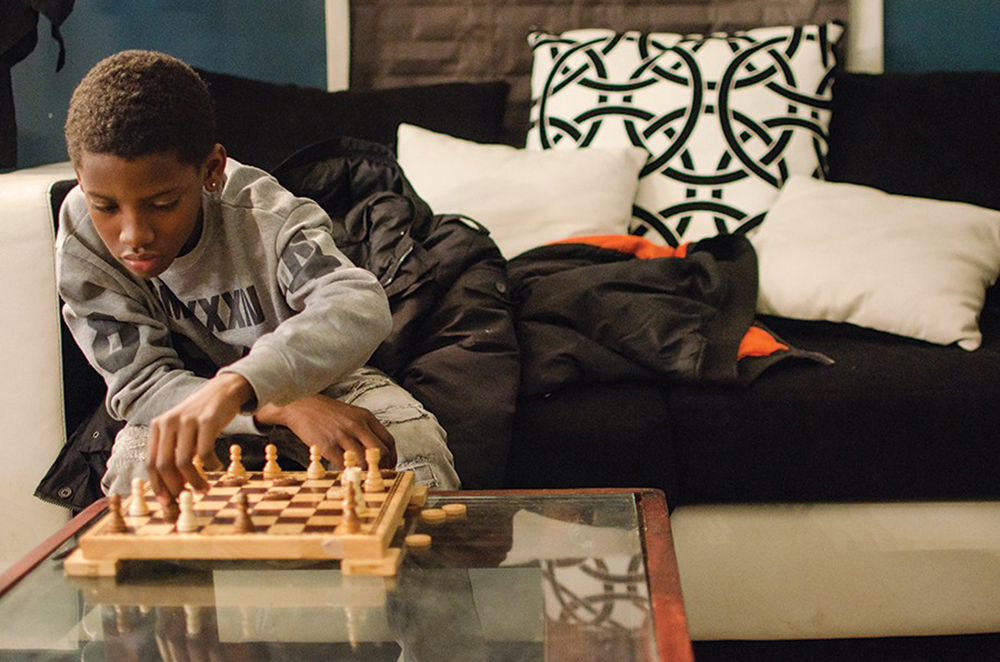
©Tonika Lewis Johnson, Englewood Chess, From the INside • 11 year old practices chess while waiting to get his hair cut at the Longevity Barber Lounge
YM: It’s a remarkable story. Doing what you love, following your passion and helping your community – all of your media exposure, being named a 2017 Chicagoan of the Year by Chicago Magazine, being featured on the cover of the Chicago Reader with an accompanying feature…
TLJ: As I said, my process was not planned – it’s out of the community engagement work that everything has evolved. And the media attention has helped. I wouldn’t have known how to get my work exposed. I still haven’t applied for any shows.
YM: Yet you have had not just one, but now a second exhibition at the Loyola University Museum of Art (LUMA) in Chicago. How did those shows come about?
TLJ: Laughter…A group of Loyola University students doing a class project saw an article about me in Southside Weekly. They contacted me via e-mail and asked if they could purchase some of my prints for use in their class presentation. I offered them 10 prints for $100. Their class professor and a fellow student who was doing an internship with the LUMA curator each went to the museum curator to say that she should see my work. The Curator contacted me, brought me in to talk, and that’s how the Everyday Englewood show at LUMA came to be.
Everyday Englewood featured photographs that captured the everyday lives of people in the Englewood community with beauty and dignity. They challenge the stereotypes as they display the normalcy and reality beyond the statistics on crime and unemployment.
YM: That brings us to Folded Map, your current project, now showing at LUMA. What is Folded Map about?
TLJ: I’ve been thinking about issues related to Folded Map for more than 20 years. I began by doing a visual investigation of Chicago’s communities using its grid map, beginning in my own home community of Englewood. I folded Chicago’s map in half and identified mirroring points and went to the neighborhood that touched Englewood. I wanted to explore what segregation looked like and to document the differences in resources and investment between those north and south side neighborhoods through photography. While I was taking photos of the houses, the people were naturally curious and came out to find out what I was doing. Once I told them, the residents on the same streets wanted to meet each other. So, I invited the residents in Folded Map to meet at each other’s homes and share their personal experiences and perspectives through a series of 8 questions. I found the people to be empathetic towards each other. There was no blaming, no insults.
1. How did you come to live in your neighborhood?
2. How much did your home cost?
3. Describe your neighborhood
4. Are your day to day needs accessible in your neighborhood?
5. What’s missing in your neighborhood?
6. Where is your place of peace? Of relaxation?
7. Describe your ideal neighborhood.
8. What is it like meeting your map twin?
The project critically examines Chicago’s history of residential segregation and how it persists. The Folded Map multimedia exhibition includes photographs I combined of corresponding address pairs and portraits of residents, videos of the map twins conversing, maps and interactive activities. The project investigates what urban segregation looks like and how it affects Chicago residents. The project visually connects residents who live at corresponding addresses on the North and South sides of Chicago. One of my goals is to for people to understand how our urban environment is structured. I want for audiences to open a dialogue and question how we all are impacted by social, racial, and institutional conditions that segregate the city. I want Chicagoans to think about how change may be possible and to contribute to a solution.
YM:What defines success for you?
TLJ: I measure my success by its impact on my community. I have seen a growing pride in the residents of Englewood. If my photographic projects further the issues that residents of Englewood are trying to solve, then I consider myself successful. My photography alone won’t be enough. It’s not just one-dimensional. If my exposure raises awareness of the variety of things going on in Englewood and supports the initiatives that its residents have created – for example, the housing task force to increase the number of home owners, to activate vacant lots, if my work can help elevate those very specific objectives, if my photography gets people to be curious about what is going on in Englewood, if we get allies from outside Englewood, and raise awareness to get more attention on Englewood, that defines success.
The book, Art & Fear quotes three questions you can put to an artist’s work, originally posed by Henry James. What was the artist trying to achieve? Did she succeed? Was it worth doing?
You have clearly outlined your goals. You have succeeded in your undertakings and it is all very worthwhile!
YM: What interesting work have you seen lately? Is there work that inspires you?
TLJ: • The work of my friend Paola Aguirre inspires me artistically. She is an architect in urban planning committed to creating equitable environments. The issues her work raises are inspiring. She encouraged me to move forward with the Folded Map Project and designed the mural-sized interactive map that is a part of the Folded Map exhibition.
• I’m a fan of Maria Gaspar’s work. I’m impressed by her mobile audio lab broadcasts and the work she is doing for justice through art.
• Above all others, I’m always grateful and inspired by Ay-Sha Butler, a community strategist who founded the Resident Association of Greater Englewood ( RAGE) and serves as its President. She has had the strongest influence on my work.
• I follow the projects of Renata Cherlise who has curated a visual history archiving black life www.blvckvrchives.com IG = @blvckvrchives
• Zakkiyyah Najeebah, photographer, teaching artist and cultural/arts advocate
YM: What’s next for you?
TJJ: • The group Exposure: For Concerned Black Photographers in Chicago inspired and influenced me as a teen. I want to pay it forward by creating an on-line space for photographers of color in Chicago. I’m in the process of developing a website for the organization to provide them a platform and I’ve already picked out the name for it: Redline
• Collaborations with the Metropolitan Planning Council to deepen city-wide understanding and conversation around segregation and inequity.
• A Folded Map curriculum, discussion guide and toolkit are on the horizon….
• I love music. Eventually, I’d like to produce music…
YM: And finally, describe your perfect day…
TLJ: A perfect day for me is doing my work as a program manager of RAGE. My best friend partners with me working on critical issues in Englewood. I come home and relax and read as much as I can. Whenever I have those days it always inspires something I want to do. Those are my best days…doing my work and getting inspired to do my next project. And, of course, time with my children – when they make time for me! My 13 year old son is a gamer..so I compete with his homework and his games. And my 16 year old daughter…well, she’s busy too…
Tonika, thank you so much.. It’s been a pleasure speaking with you…Your projects are so in line with your core values…there is such congruency between what you believe and how you act in the world. You know talking to you I’m reminded of a Mahatma Gandhi quote. He said, ”Happiness is when what you think, what you say and what you do are all in harmony.” That would be you!
Posts on Lenscratch may not be reproduced without the permission of the Lenscratch staff and the photographer.
Recommended
-
The 2024 Lenscratch 1st Place Student Prize Winner: Mosfiqur Rahman JohanJuly 22nd, 2024
-
Ellen Mahaffy: A Life UndoneJuly 4th, 2024
-
Julianne Clark: After MaxineJuly 3rd, 2024
-
Kaitlyn Jo Smith: Super8 (1967-87, 2017), 2017June 30th, 2024
-
Katie Prock: Yesterday We Were GirlsJune 27th, 2024


